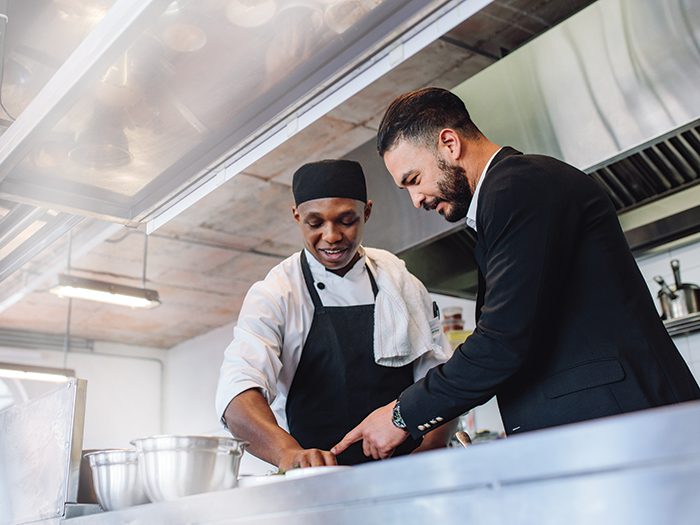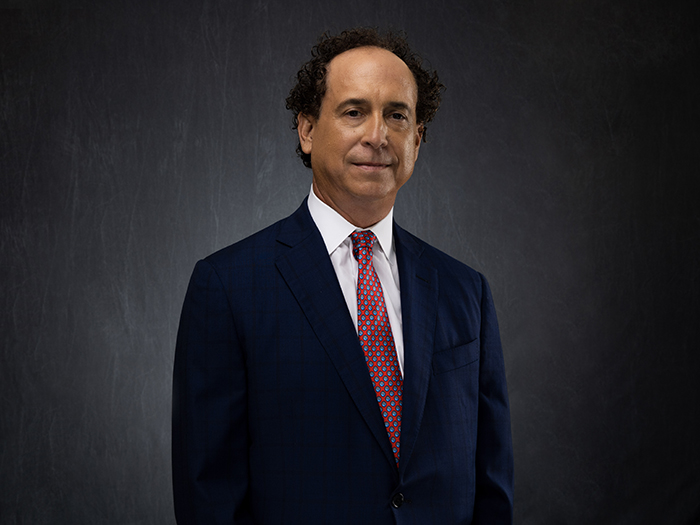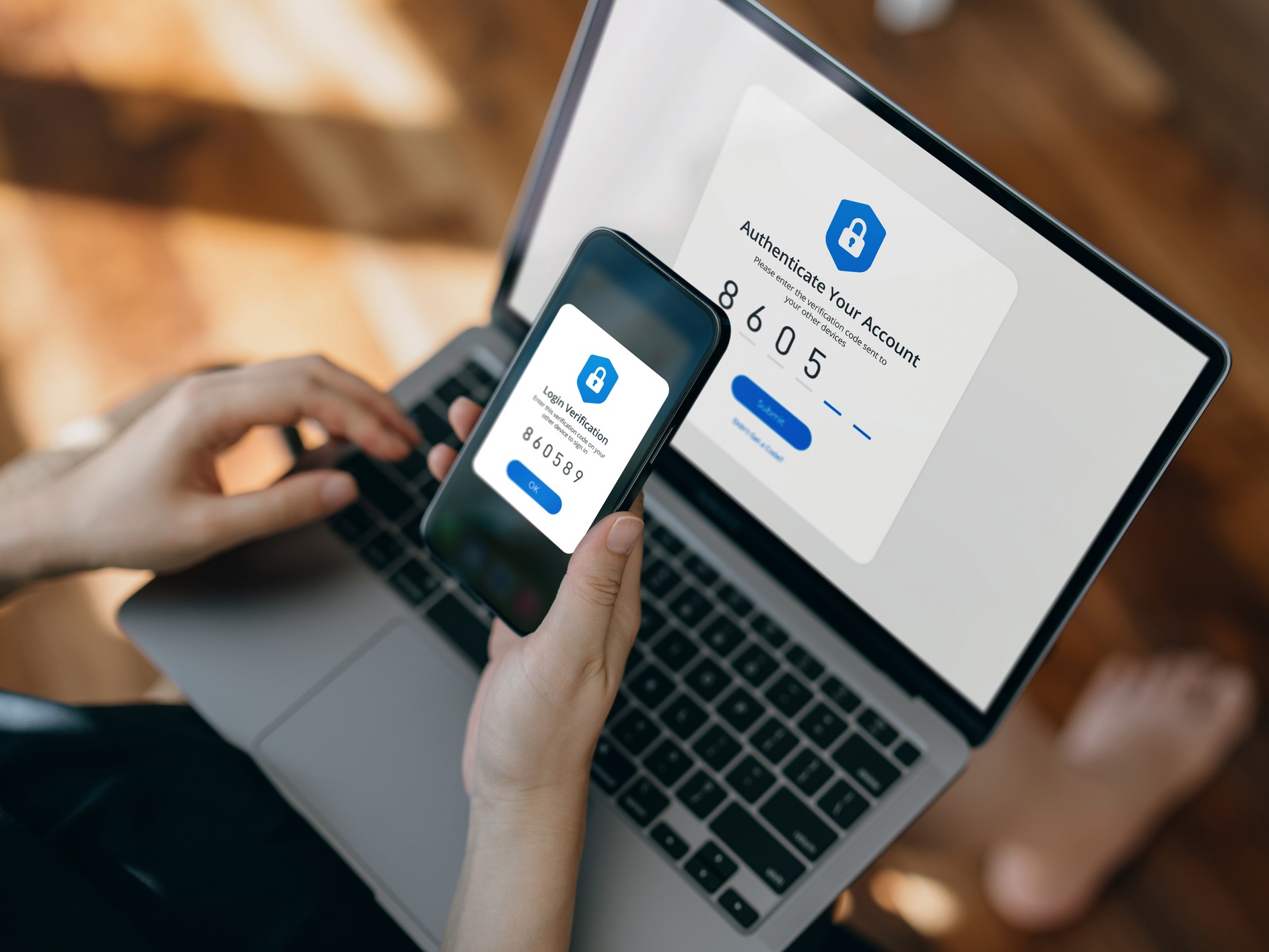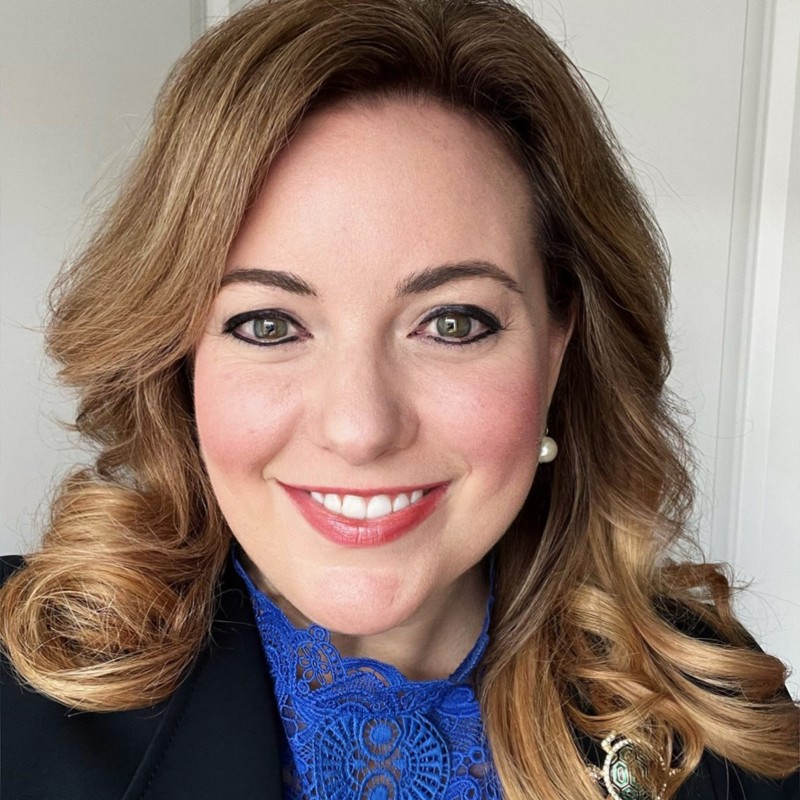4 Companies That Rocked It by Treating Injured Workers as Equals; Not Adversaries

Across the workers’ compensation industry, the concept of a worker advocacy model has been around for a while, but has only seen notable adoption in recent years.
Even among those not adopting a formal advocacy approach, mindsets are shifting. Formerly claims-centric programs are becoming worker-centric and it’s a win all around: better outcomes; greater productivity; safer, healthier employees and a stronger bottom line.
That’s what you’ll see in this month’s issue of Risk & Insurance® when you read the profiles of the four recipients of the 2018 Theodore Roosevelt Workers’ Compensation and Disability Management Award, sponsored by PMA Companies. These four programs put workers front and center in everything they do.
“We were focused on building up a program with an eye on our partner experience. Cost was at the bottom of the list. Doing a better job by our partners was at the top,” said Steve Legg, director of risk management for Starbucks.
Starbucks put claims reporting in the hands of its partners, an exemplary act of trust. The coffee company also put itself in workers’ shoes to identify and remove points of friction.
That led to a call center run by Starbucks’ TPA and a dedicated telephonic case management team so that partners can speak to a live person without the frustration of ‘phone tag’ and unanswered questions.
“We were focused on building up a program with an eye on our partner experience. Cost was at the bottom of the list. Doing a better job by our partners was at the top.” — Steve Legg, director of risk management, Starbucks
Starbucks also implemented direct deposit for lost-time pay, eliminating stressful wait times for injured partners, and allowing them to focus on healing.
For Starbucks, as for all of the 2018 Teddy Award winners, the approach is netting measurable results. With higher partner satisfaction, it has seen a 50 percent decrease in litigation.
Teddy winner Main Line Health (MLH) adopted worker advocacy in a way that goes far beyond claims.
Employees who identify and report safety hazards can take credit for their actions by sending out a formal “Employee Safety Message” to nearly 11,000 mailboxes across the organization.
“The recognition is pretty cool,” said Steve Besack, system director, claims management and workers’ compensation for the health system.
MLH also takes a non-adversarial approach to workers with repeat injuries, seeing them as a resource for identifying areas of improvement.
“When you look at ‘repeat offenders’ in an unconventional way, they’re a great asset to the program, not a liability,” said Mike Miller, manager, workers’ compensation and employee safety for MLH.
Teddy winner Monmouth County, N.J. utilizes high-tech motion capture technology to reduce the chance of placing new hires in jobs that are likely to hurt them.
Monmouth County also adopted numerous wellness initiatives that help workers manage their weight and improve their wellbeing overall.
“You should see the looks on their faces when their cholesterol is down, they’ve lost weight and their blood sugar is better. We’ve had people lose 30 and 40 pounds,” said William McGuane, the county’s manager of benefits and workers’ compensation.
Do these sound like minor program elements? The math says otherwise: Claims severity has plunged from $5.5 million in 2009 to $1.3 million in 2017.
At the University of Pennsylvania, putting workers first means getting out from behind the desk and finding out what each one of them is tasked with, day in, day out — and looking for ways to make each of those tasks safer.
Regular observations across the sprawling campus have resulted in a phenomenal number of process and equipment changes that seem simple on their own, but in combination have created a substantially safer, healthier campus and improved employee morale.
UPenn’s workers’ comp costs, in the seven-digit figures in 2009, have been virtually cut in half.
Risk & Insurance® is proud to honor the work of these four organizations. We hope their stories inspire other organizations to be true partners with the employees they depend on. &










